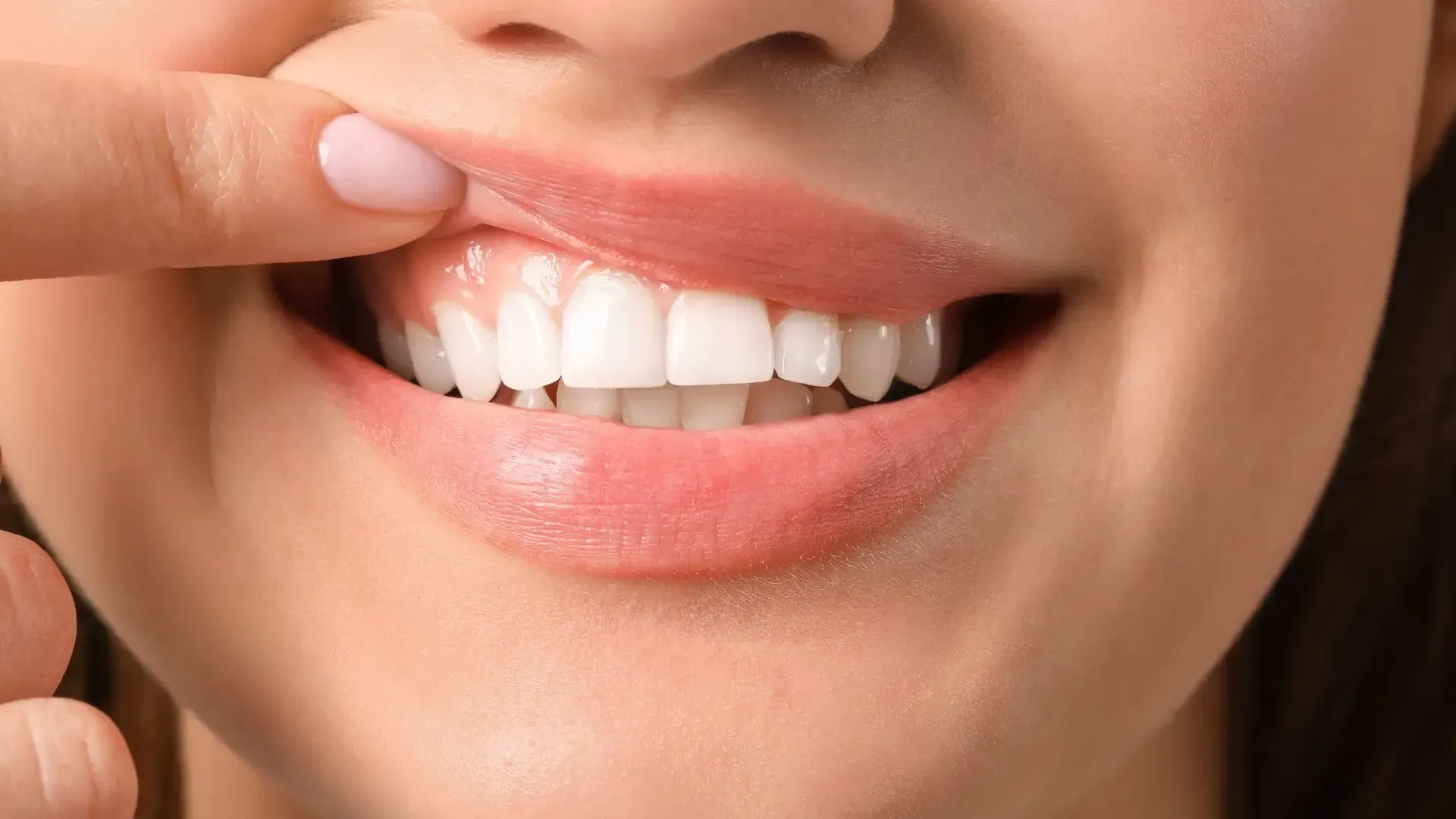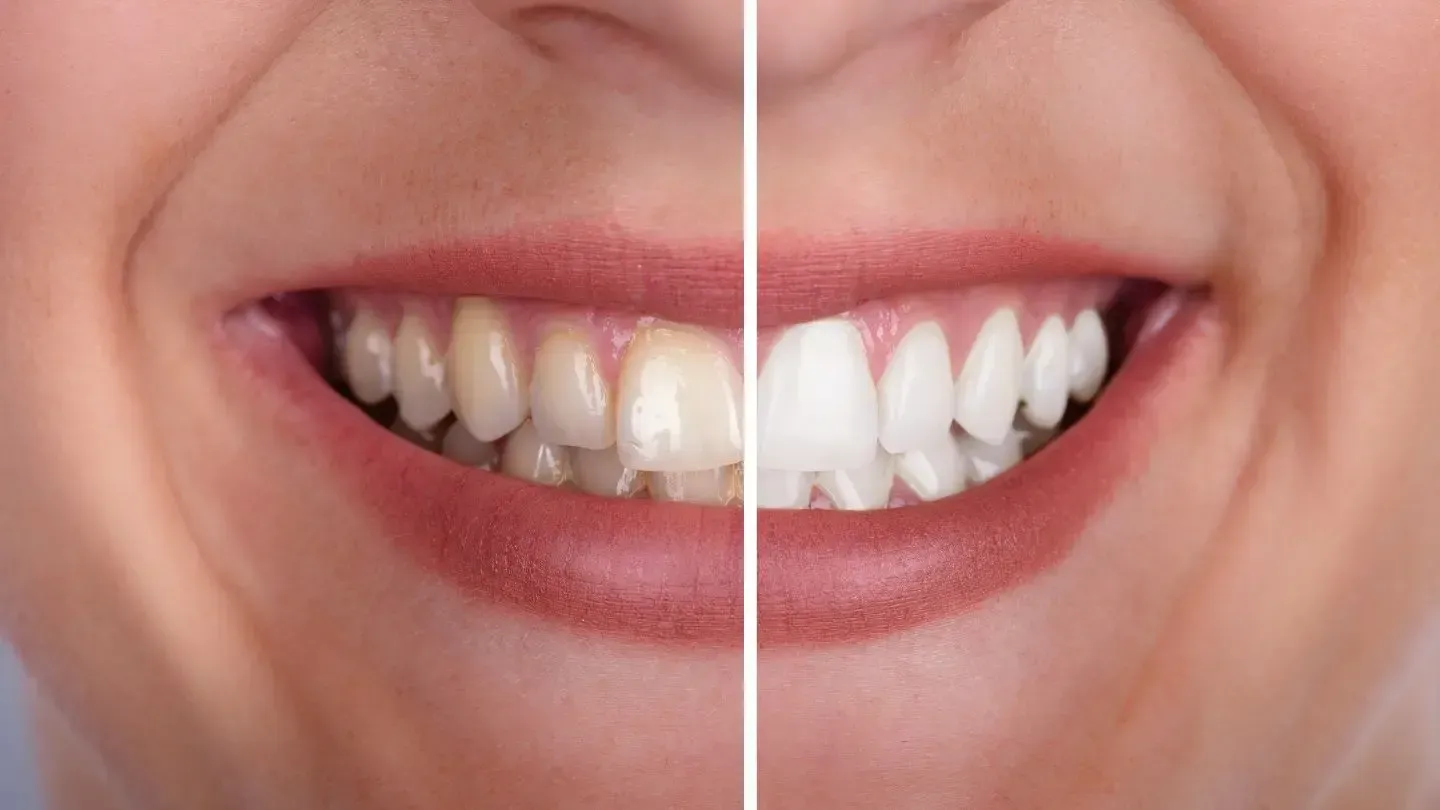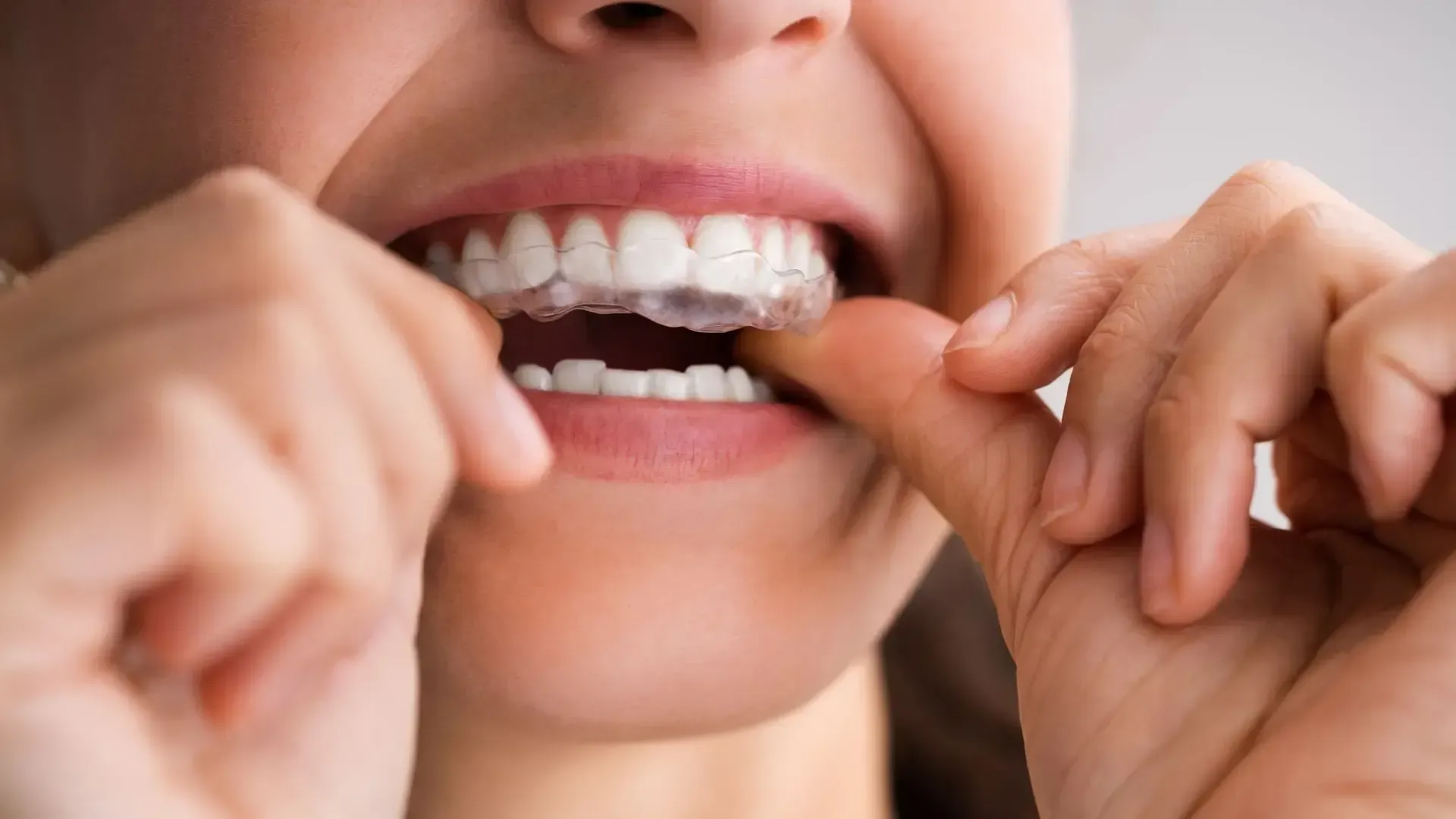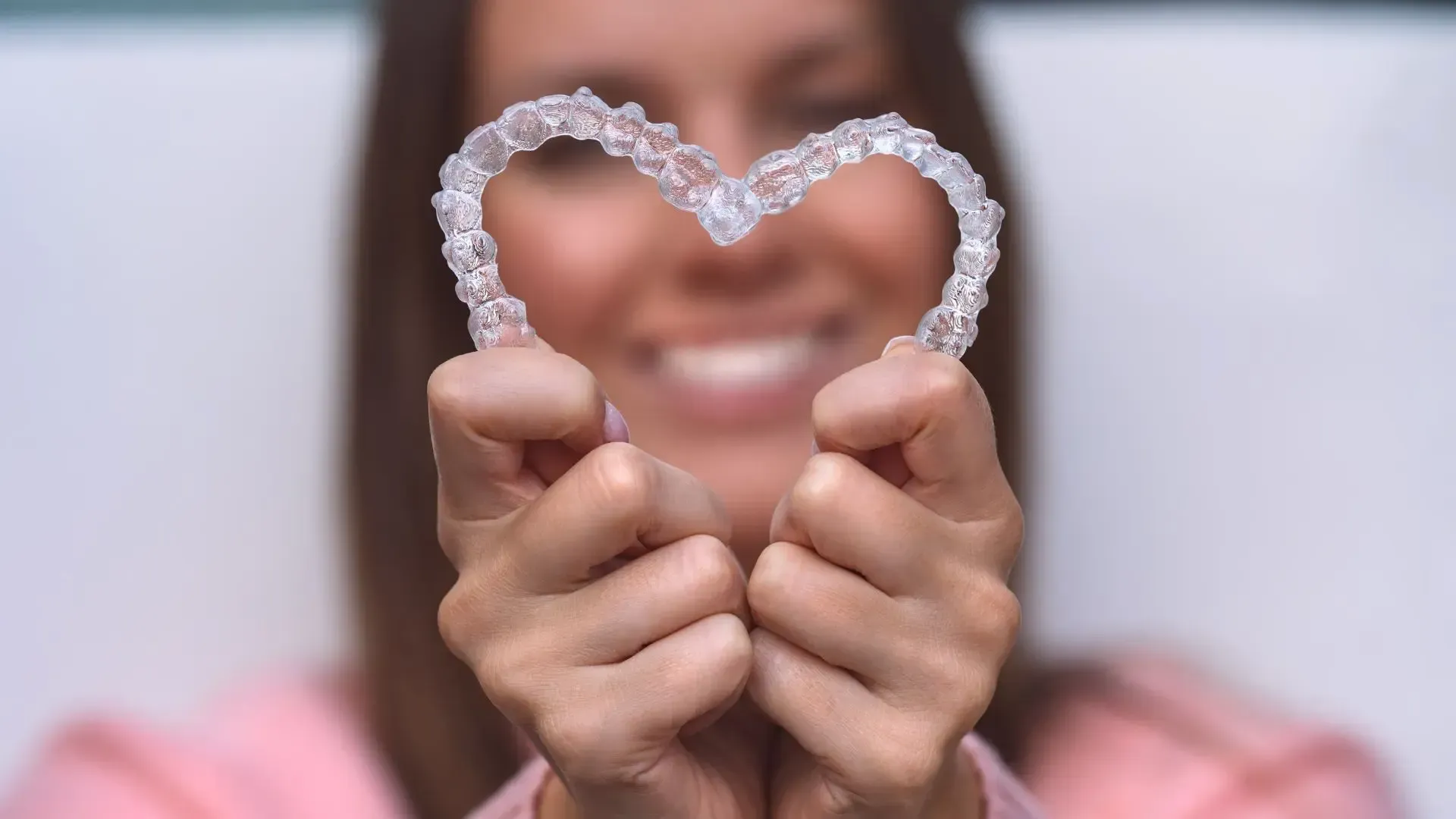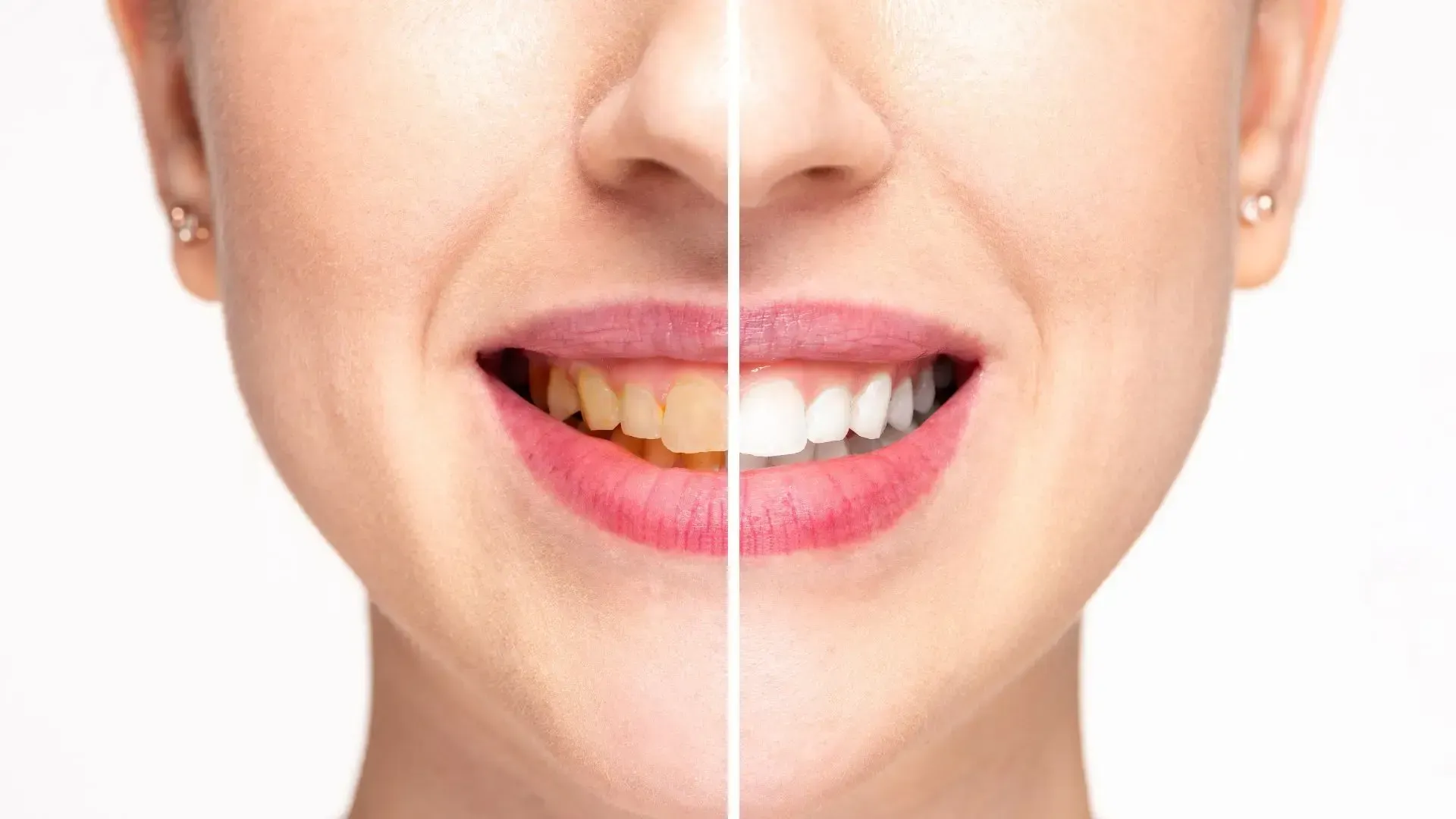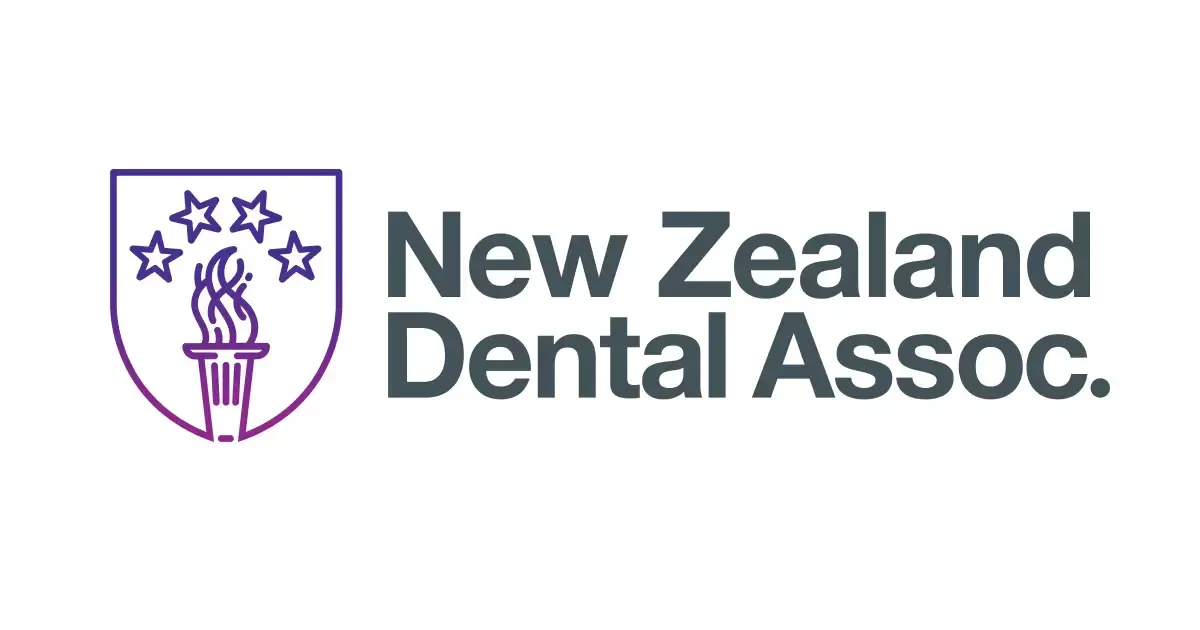A Guide to Tooth Extraction and After-Care

Having a tooth removed used to involve a pair of pliers or be a piece-of-string-to-a-slamming-door type of affair, both methods involving pain, tears and tantrums. Thankfully dental care is now more sophisticated, accessible and affordable but tales of DIY tooth removal have left a legacy of fear about tooth extraction for many people.
Duxton Dental are advocates of minimal invasive dentistry, but there may still be occasions when it is necessary to remove a patient’s tooth (or teeth). If you have been advised you need to have a tooth extracted, you may feel a little nervous at the prospect. However, please be assured that dentistry has significantly evolved over the years and the process is typically pain free.
Why do I need my tooth out?
Sometimes removing a tooth is the best option for your circumstances. There are many reasons for extracting a tooth, for example:
· Severe tooth decay that can’t be repaired
· Gum disease
· An abscess on your gums
· Crowded teeth that compromise the health of the other teeth and jaw
· Crowded teeth that will limit the success orthodontic braces
What happens when I have a tooth removed?
The procedure is performed using local anaesthetic. This means you have a couple of injections to numb the area around your tooth so you can’t feel a thing. The injections feel like a small scratch and after a short while you will notice their effects. You may feel the sensation of pressure in your mouth, but you won’t feel pain.
Your dentist manipulates the tooth to loosen it, before gently removing it. Once the extraction has taken place you are asked to lightly bite down on a piece of gauze to help a blood clot to form – the first step of the healing process.
What happens after I’ve had a tooth extraction?
Over the next couple of hours, you may start to feel a little discomfort as the anaesthetic wears off. This is a normal response to tooth extraction, and it should lessen within a couple of days. Your regular pain relief medication can be taken during this time. Most people can return to their normal routine after the procedure. When you’ve had a tooth removed it’s important you help the socket heal to avoid infections and reduce the risk of complications.
5 Tips to help the tooth socket heal after tooth extraction:
1. Avoid fiddling with the socket. The temptation will be to use your tongue and/or finger to prod and poke the tooth extraction socket; however, this is likely to disengage the clot and introduce bacteria.
2. Avoid smoking as it restricts the blood flow to the extraction site and increases healing time and risk of infection.
3. Avoid alcohol as it increases the risk of developing a dry socket and can stop blood clot formation. Clots help to protect the nerves and prevent bacteria from forming near them.
4. Gently rinse your mouth with salted water after 24 hours. This keeps your mouth free from infection, but it is important to rinse gently (not swill) so the clot remains intact. Only use hot water to make the salt solution, not boiling!
5. Continue brushing and flossing your teeth, but make sure you avoid the extraction area for a few days until it is healed. This helps to reduce the amount of bad bacteria in your mouth, and reduce the risk of infection.
Duxton Dental are passionate about helping our patients retain their natural teeth. At our Christchurch dentists clinic, we make best use of innovative dental care technology to identify and monitor your teeth to help you achieve optimum dental health. This can mean you need to have a tooth removed as part of your dental treatment; your options will be talked through with you during your consultation. If you think you may need a tooth removing, please contact Duxton Dental to make an appointment.









